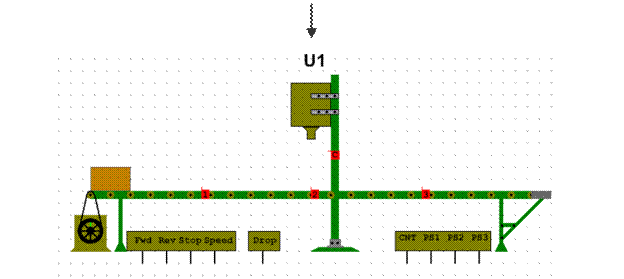Semantic classification of vocabulary. Synonyms, antonyms, hyponyms
Modern English has a very extensive vocabulary. Classification into monosemantic and polysemantic words is based on the number of meanings the word possesses. More detailed semantic classifications are generally based on the semantic similarity (or polarity) of words or their component morphemes. The scope and the degree of similarity (polarity) may be different. By hyponymy is meant a semantic relationship of inclusion. Thus, e.g., vehicle includes car, bus, taxi and so on; oak implies tree; horse entails animal; table entails furniture. Thus the hyponymic relationship may be viewed as the hierarchical relationship between the meaning of the general and the individual terms. The general term (vehicle,tree, animal, etc.) is sometimes referred to as the classifier and serves to describe the lexico-semantic groups, e.g. Lexico-semantic groups (LSG) of vehicles, movement, emotions, etc. The individual terms can be said to contain (or entail) the meaning of the general term in addition to their individual meanings which distinguish them from each other (cf. the classifier move and the members of the group walk, run, saunter,etc.). It is of importance to note that in such hierarchical structures certain words may be both classifiers and members of the groups. This may be illustrated by the hyponymic structure represented below. Another way to describe hyponymy is in terms of genus and differentia. The more specific term is called the hyponym of the more general, and the more general is called the hyperonym or the classifier. It is noteworthy that the principle of such hierarchical classification is widely used by scientists in various fields of research: botany, geology, etc. Hyponymic classification may be viewed as objectively reflecting the structure of vocabulary and is considered by many linguists as one of the most important principles for the description of meaning. A general problem with this principle of classification (just as with lexico-semantic group criterion) is that there often exist overlapping classifications. For example, persons may be divided into adults (man, woman, husband, etc.) and children (boy, girl, lad, etc.) but also into national groups (American, Russian, Chinese, etc.), professional groups (teacher, butcher, baker, etc.), social and economic groups,and so on. Another problem of great importance for linguists is the dependence of the hierarchical structures of lexical units not only on the structure of the corresponding group of referents in real world but also on the structure of vocabulary in this or that language. This can be easily observed when we compare analogous groups in different languages. Thus, e.g., in English we may speak of the lexico-semantic group of meals which includes: breakfast, lunch, dinner, supper, snack,etc. The word meal is the classifier whereas in Russian we have no word for meals in general and consequently no classifier though we have several words for different kinds of meals. Synonyms - words different in sound-form but similar in their denotational meaning or meanings and interchangeable at least in some contexts. Antonyms - words different in sound-form characterized by different types of semantic contrast of the denotational meaning and interchangeable at least in some contexts.
|




